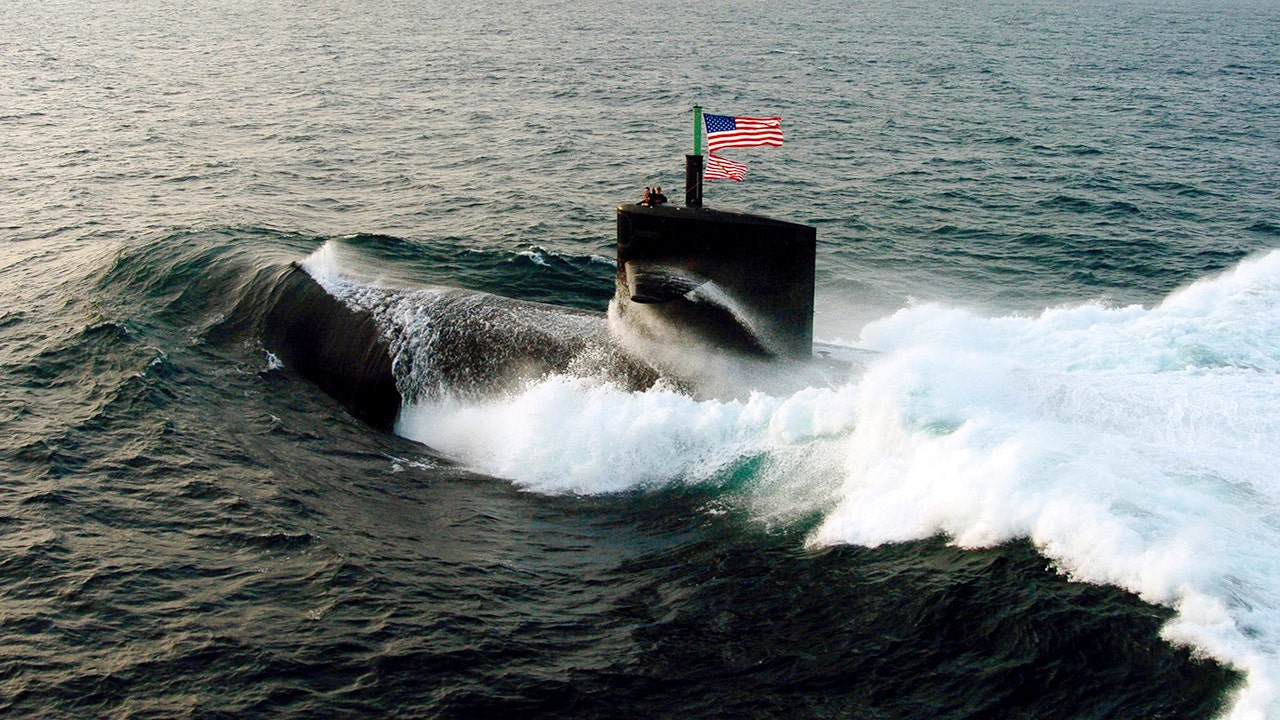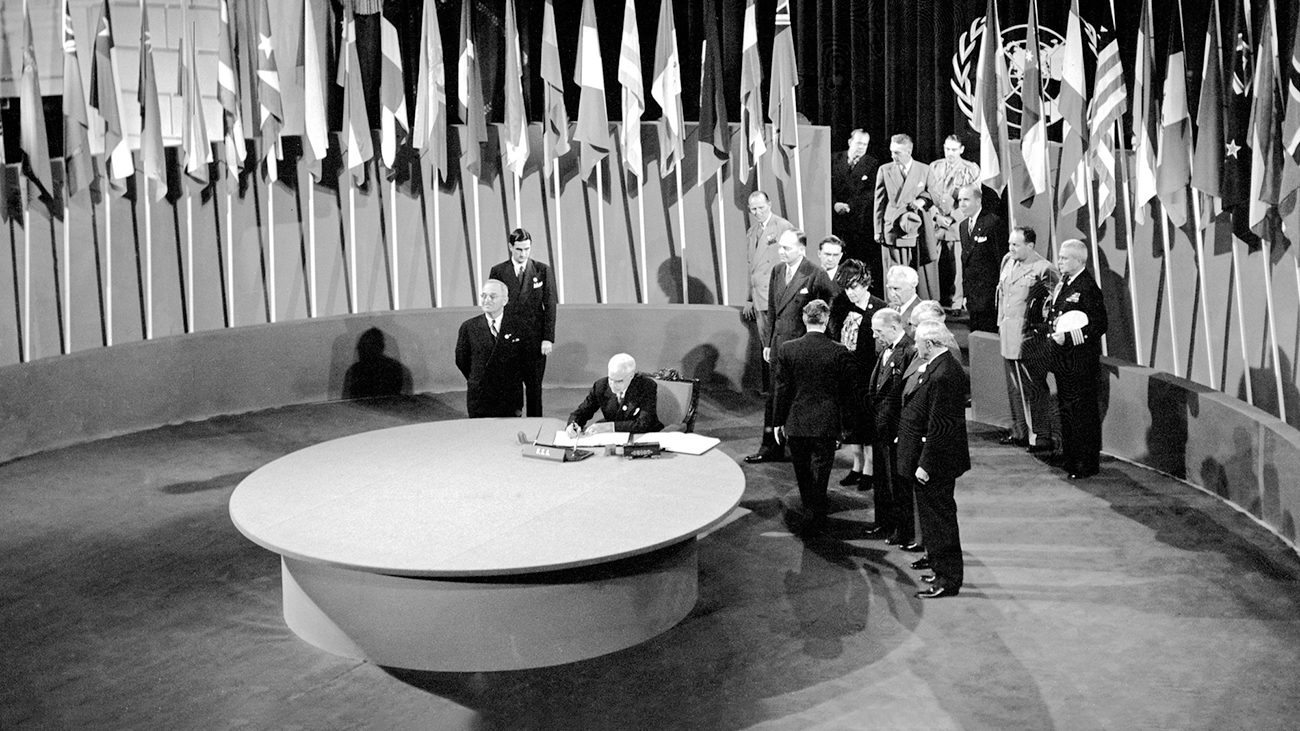Are These Submarines a Signal? The World May Be Closer to War Than You Think – A pair of American nuclear submarines repositioned near Russian waters might seem like a dramatic gesture—but in today’s turbulent geopolitical climate, it’s just one signal among many. As conflict zones intensify, alliances splinter, and global trade fractures, one question no longer seems far-fetched:
Is World War III quietly forming on the horizon?
From Trump’s provocative submarine deployment to the Middle East’s never-ending volatility, and Pakistan’s increasingly strategic entanglements, the global order appears more fragile than ever.
Trump’s Submarine Move: A Dangerous Signal
Last week, U.S. President Donald Trump revealed the deployment of two nuclear submarines near Russian waters, justifying the move as a response to “extremely provocative statements” made by former Russian president Dmitry Medvedev.
Russia, however, refused to take the bait. Senior Duma member Viktor Vodolatsky said the U.S. subs were already under surveillance and dismissed the move as political showmanship rather than a serious military provocation.
“Let them sail. They’ve long been in our crosshairs,” he declared, adding that Russia’s existing underwater fleet already outmatches the American presence.
While no escalation has occurred yet, the imagery is unmistakable: major powers are reverting to Cold War-style brinkmanship—but this time in a multi-front, multi-actor global environment far more volatile than before.
Middle East on Fire: From Gaza to Tehran
The Israel-Gaza war continues to widen, drawing in regional players. Iran’s growing involvement and Hezbollah’s actions in Lebanon threaten to spark a multi-front regional war. The United States has bolstered its naval presence in the eastern Mediterranean, while Turkey and Egypt tread a fine line between diplomacy and confrontation.
Meanwhile, Iran’s nuclear program has accelerated, and Israeli officials have hinted that a pre-emptive strike remains “on the table.” If such an act occurs, retaliation from Tehran would not stop at Israel—it could spill across the Gulf.
Yemen’s Houthis have effectively weaponized the Red Sea, targeting global shipping and drawing the attention of U.S., French, and British navies. The Middle East is not just a battlefield—it’s becoming a chokepoint of global trade and military confrontation.
Pakistan: The Regional Chess Piece in the Global Game
While South Asia isn’t always at the center of global war predictions, Pakistan’s positioning is rapidly becoming pivotal.
1. U.S.-Pakistan Rapprochement
Following years of frostiness, recent trade and defense negotiations between Islamabad and Washington suggest a subtle U.S. pivot. Pakistan secured a relief package in the form of tariff adjustments, softening American restrictions at a time when India was hit with new Trump-era tariffs.
2. China-Pakistan Nexus
Pakistan remains a central node in China’s Belt and Road Initiative, particularly through the China-Pakistan Economic Corridor (CPEC). The Gwadar port is increasingly viewed as a potential Chinese naval outpost—drawing American, Indian, and even Gulf state anxiety.
3. Afghanistan Spillover
The resurgent Taliban regime in Kabul continues to provide safe haven for radical groups operating on Pakistan’s western frontier. Cross-border skirmishes, refugee flows, and the risk of foreign fighters once again destabilizing South Asia is rising.
Pakistan thus sits in a complex web of overlapping tensions: a U.S. trade partner, a Chinese ally, a nuclear state bordering two unstable regions, and a historic flashpoint for global powers.
Global Trade: Weaponized and Fragmenting
Trump’s announcement of steep tariffs on dozens of nations, including key allies and emerging economies, has shifted the tone from cooperation to coercion. India, Brazil, Germany, and Japan are all reconsidering supply chains, while Russia and China deepen economic coordination under BRICS and SCO frameworks.
-
The U.S. dollar is being challenged in global energy transactions.
-
Russia and China trade in yuan and rubles, avoiding Western sanctions.
-
Gulf nations like the UAE and Saudi Arabia are inching toward multi-currency oil trading, breaking decades of petrodollar dominance.
Trade, once the world’s stabilizer, is now a battlefield for economic supremacy—and when trade routes break, wars tend to follow.
Cambodia & Southeast Asia: The Next Flashpoint?
China’s growing military footprint in Cambodia, particularly at Ream Naval Base, is drawing sharp rebukes from Washington and neighboring ASEAN states. The development gives China deep-water access to the Gulf of Thailand, enabling faster projection toward the Indian Ocean and threatening key sea lanes.
Vietnam, Malaysia, and the Philippines are increasingly aligned with U.S. naval strategy, participating in joint patrols and war games. The South China Sea is a militarized maze, with overlapping claims, drone surveillance, and frequent near-miss encounters.
Even neutral nations are arming up. Indonesia, Thailand, and Singapore are all modernizing navies, preparing for scenarios that would have seemed implausible a decade ago.
World Falling Apart? UN Report Reveals the Hidden Truth | Maya




